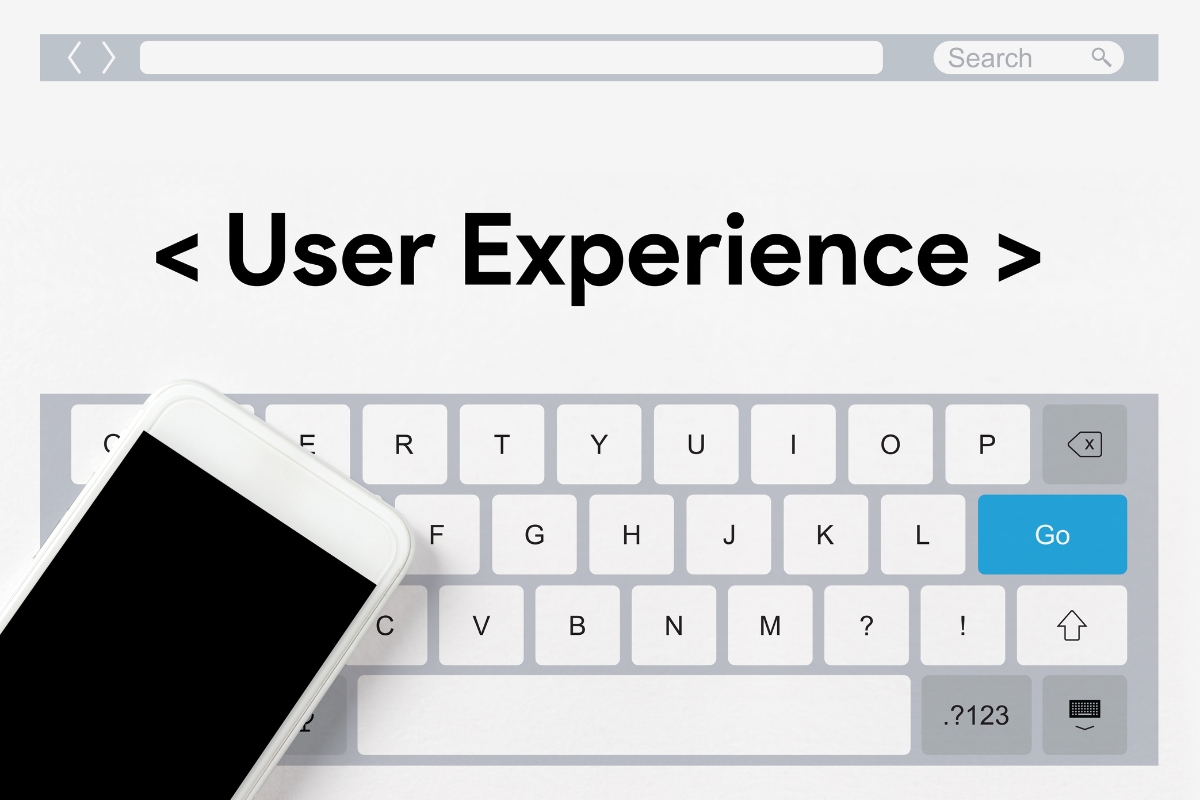Creating an engaging user experience (UX) in mobile apps is crucial for retaining users and encouraging interaction. A well-designed mobile app not only meets user needs but also delights them, making it more likely they’ll return. Here are key strategies to consider when designing for an engaging UX in mobile apps:

Table of Contents
Toggle1. Understand Your Users
User Research: Conduct surveys, interviews, and usability testing to understand your target audience. Learn about their preferences, pain points, and how they use similar apps.
User Personas: Create detailed user personas to represent different segments of your audience. This helps guide your design decisions based on real user needs.
2. Prioritize Intuitive Navigation
Simple Layout: Keep the app layout clean and straightforward. Users should be able to navigate intuitively without confusion.
Gestures and Shortcuts: Incorporate familiar gestures (swiping, tapping, pinching) and shortcuts to enhance usability. However, ensure they are intuitive and not overly complicated.
3. Optimize Performance
Fast Load Times: Ensure your app loads quickly. Users are likely to abandon an app that takes too long to open or navigate.
Reduce App Size: Optimize images and resources to reduce the overall app size, making it quicker to download and easier to update.
4. Create Visually Appealing Design
Consistent Branding: Use a consistent color palette, typography, and visual elements that align with your brand identity.
Whitespace: Use whitespace effectively to avoid clutter. A clean interface helps users focus on the content and actions.
Responsive Design: Ensure your app looks good on various screen sizes and orientations. Test on different devices to ensure a consistent experience.
5. Focus on User Feedback
Real-Time Feedback: Provide immediate feedback for user actions, such as animations or alerts when buttons are tapped. This reassures users that their actions have been recognized.
Error Handling: Design clear error messages and solutions. Instead of just stating what went wrong, guide users on how to fix it.
6. Implement Personalization
Tailored Content: Use data and user behavior to offer personalized experiences, such as recommended content, products, or features based on user preferences.
User Profiles: Allow users to create profiles that store their preferences and history, enhancing their overall experience.
7. Integrate Gamification Elements
Rewards and Challenges: Incorporate gamification elements like points, badges, or challenges to motivate users. This can enhance user engagement and make the experience more enjoyable.
Progress Tracking: Allow users to track their progress, whether it’s completing tasks, learning goals, or other activities. This can encourage continued use of the app.
8. Simplify Onboarding
Guided Tours: Create a simple onboarding process that introduces users to the app’s key features. Use tooltips or interactive tours to guide them through the app.
Skip Options: Provide options to skip the onboarding process for users who prefer to explore on their own.
9. Utilize Push Notifications Wisely
Relevant Alerts: Use push notifications to send timely and relevant updates, reminders, or promotions. Ensure they add value rather than becoming a nuisance.
User Control: Allow users to customize their notification preferences, giving them control over what they receive.
10. Test and Iterate
Usability Testing: Regularly conduct usability tests to gather feedback on user interactions and identify areas for improvement.
A/B Testing: Experiment with different designs or features to see what resonates best with your users. Use analytics to track engagement and retention metrics.
Conclusion
Creating an engaging user experience in mobile apps requires a deep understanding of your users and a commitment to continual improvement. By prioritizing intuitive navigation, optimizing performance, and integrating personalized elements, you can design an app that captivates users and encourages long-term engagement. Remember, the key to success lies in listening to user feedback and iterating on your design to meet their evolving needs.


No responses yet